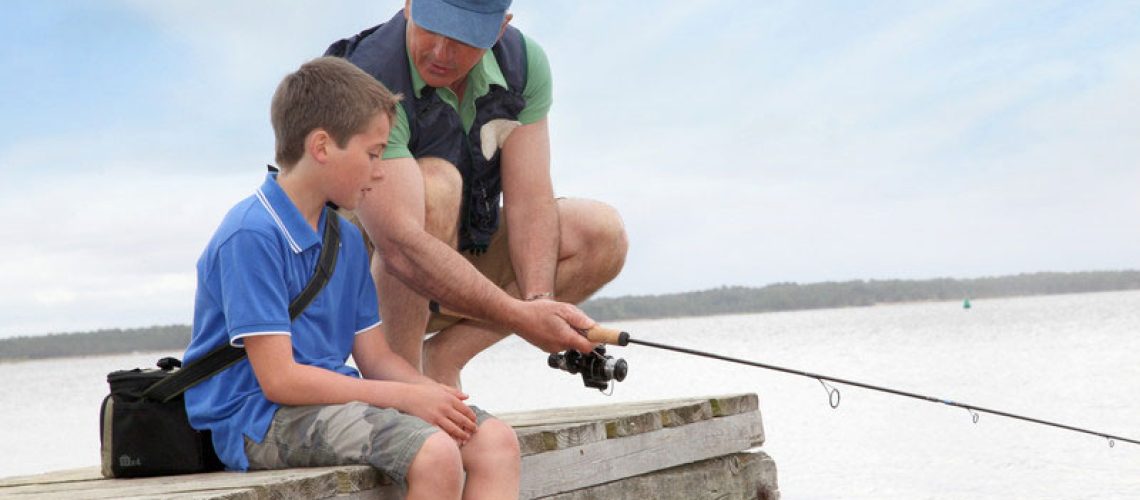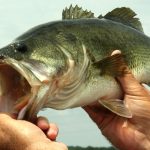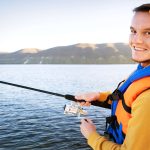There is a common progression when fishing with kids. Kids can begin at a pond in the neighborhood stocked with fish. Stocked fish, often rainbow trout, have no real survival instincts. They bite on hooks wrapped with worms or dough. This is simple bait fishing, and it is a great way to introduce kids to angling. The early success sets a pattern. Kids enjoy catching the fish, and later they will want to go again. After a few bait-fishing trips, one can introduce them to the idea of fishing with lures. They are ready to experience fish with instincts that make them harder to catch.
Moving to Lures
Most kids take easily to casting; they learn to watch the line as they prepare to throw. They master the throw–and–let-go sequence of moving the pole and releasing the button on the reel or finger on the line. The idea of lures adds action to the fishing routines. No longer confined to watching bobbers, they experiment and try to outsmart the fish. A great way to begin is with spinner rigs, crank baits, and minnows. They learn that spinner rigs have blades that make vibrations and flash. Crank baits look like fish, frogs, or other prey. Kids learn that colors and movement are great features. Minnow baits look like little fish, and they swim with a wobbly motion. It resembles a swimming or injured fish.
Lures to make Fishing Fun
Showing kids the fun of using lures helps them learn about fish, nature, as well as fishing. They learn that sound and movement are important as they imitate the natural prey. They learn the differences between attracting bass with spinner blades or minnows and attracting Walleye with deep running crank baits that drop into the cool water depths. Minnow lures and crank baits make great starting lures for kids. When watching the action of the lures, they learn techniques. Well-made lures such as Yellow Bird hard baits offer distinctive movement when pulled through the water. Pulling fast or slow gives different swimming actions. Some baits stay near the surface, and those with long diving bills go deeper.
Learning About Lures
The principles of lures involve appearance such as artwork and color, and design which determines the action. Kids can learn that fish use different senses to find food including sight, smell, taste, and vibrations. Well-made lures reflect these facts; they involve the food-finding tools and trigger the fish to strike. A crank bait’s appearance tells a lot about it. They can be large or small, with bills of varying lengths. They can have sounds and color patterns ranging from bright and shiny to dark and subtle. They can dive down to scuff the bottom and trigger strikes from hungry bass. Kids will enjoy the variety of fishing at different depths, actions, and speeds. It is very rewarding when their efforts to think with the fish produce strikes and impressive catches.
Yellow Bird Products
1803 Holian Drive
Spring Grove, IL 60081
815-469-9686





